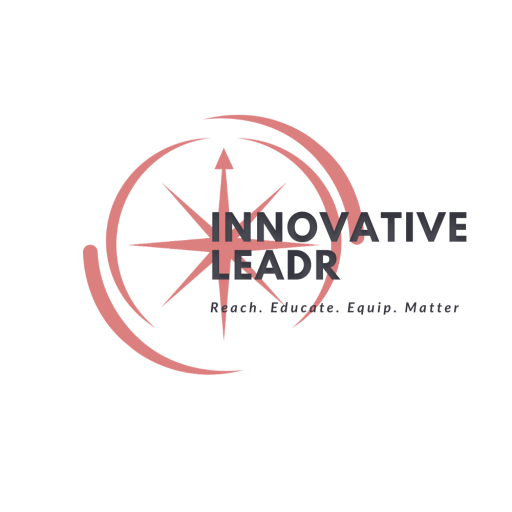MTSS Framework – How Schools Support Students Through Problem Solving – Educators, Teachers, Schools
The MTSS framework is a series of evidence-based practices implemented across a system of learning to meet the varying needs of all students. Broader than a problem-solving process alone, it establishes a foundation of support focused on professional development, leadership, and empowering teachers to effectively assess and instruct. The MTSS process also consists of four essential problem-solving steps, which include:

1. Defining the problem—The first step of MTSS involves determining the areas in which core instruction needs to be adjusted to meet the needs of at least 80% of the population. After core is analyzed and strengthened, PLCs (professional learning communities) should identify which students have gaps beyond what is being addressed in core instruction. PLCs involved should determine what gaps exist and the services in which they have resources to provide. It’s important early on to address any issues involving poor attendance, behavior, or other health barriers.
2. Analyzing the data—MTSS is driven by data, so after defining the problem, data should be reviewed to solidify the cause. This cause could be a gap in certain domains of learning or a specific skill deficit. All relevant information and data should be gathered to determine any barriers that could inhibit progress towards the goal.
3. Implementing an intervention plan—After identifying the issue and analyzing all relevant data, an intervention plan appropriate for the student’s unique needs should be designed and implemented. These interventions should be evidence-based and implemented to fidelity.
4. Evaluating the intervention—It is critical that educators spend time with the intervention effectiveness evaluation. Educators should consider whether the intervention was successful and if the student responded effectively to the strategic or intensive instruction. If data showcases adequate progress of the group (tier 2) or individual (tier 3), the intervention can continue, but if the data does not indicate success, the PLC should carefully problem solve why desired results were not achieved.
This is a cyclical process that continues over a period of time until educators have created a system of support that positively impacts the students’ level of needs.
